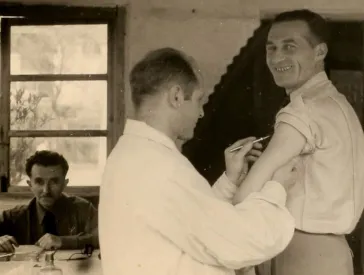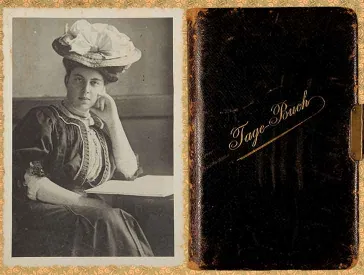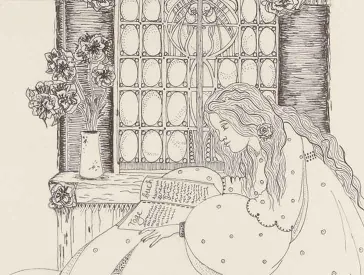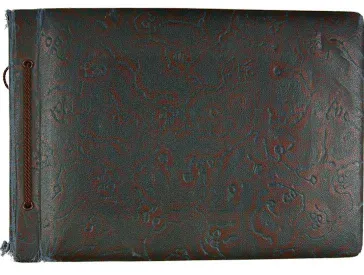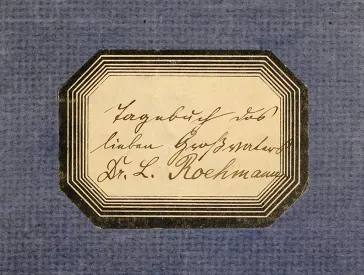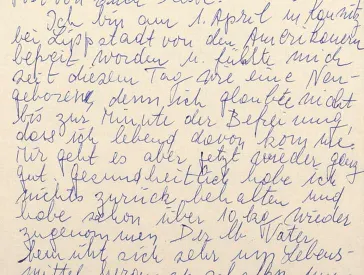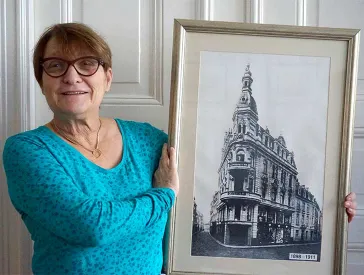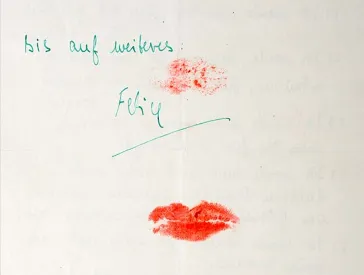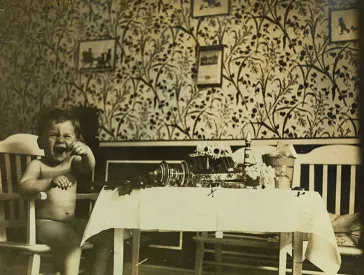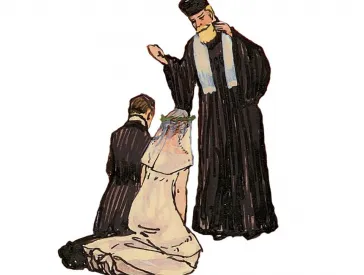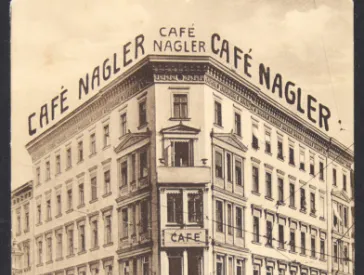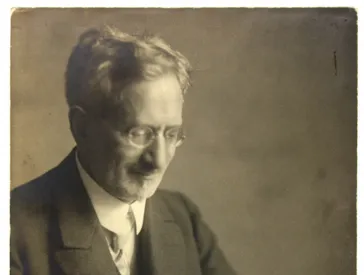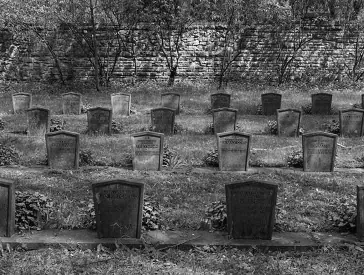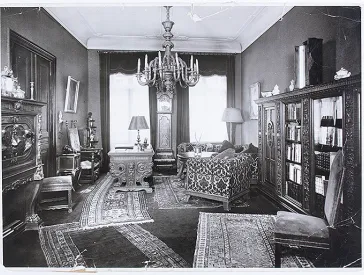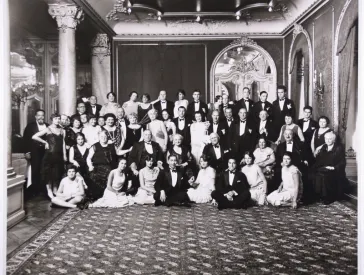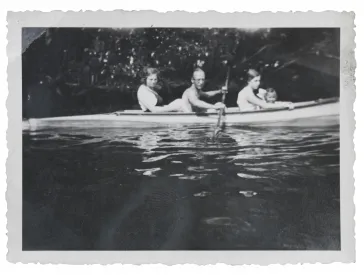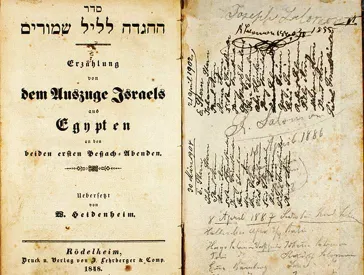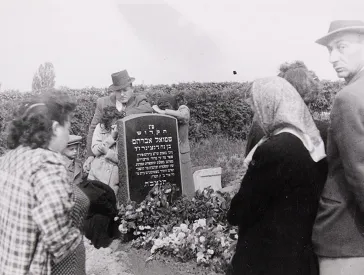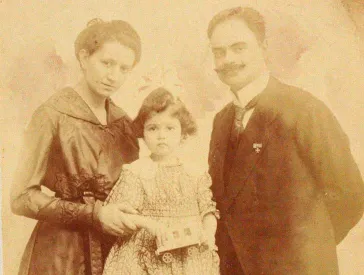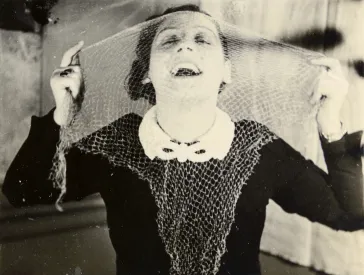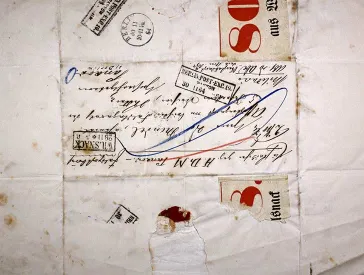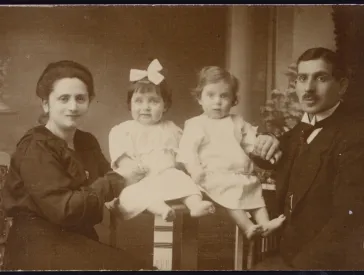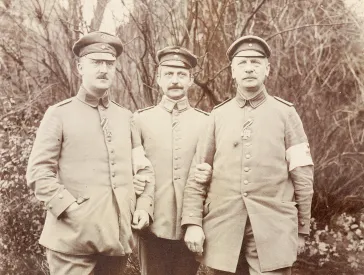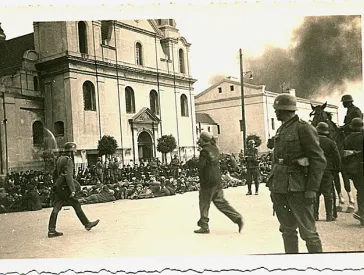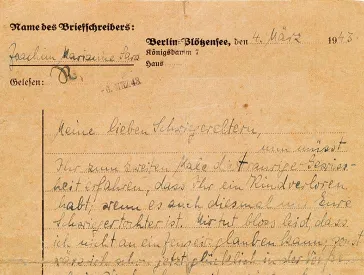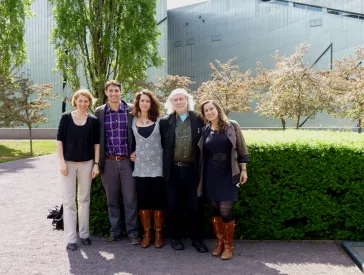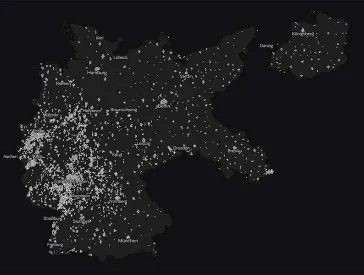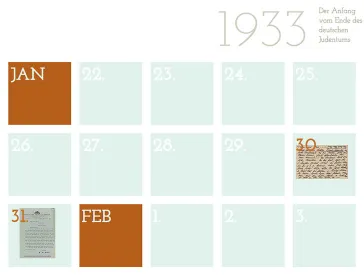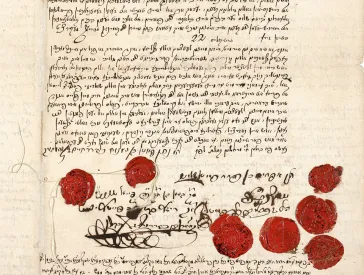Documenting Brutality
Historical Sources on the Antisemitic Violence in Germany between 1930 and 1938 in the Holdings of the Jewish Museum Berlin
The Topography of Violence is a wall projection in our core exhibition and an application on our website. In a powerful, horrifying way, it visualizes the increase and distribution of violent attacks on Jews in the German Reich between 1930 and 1938. These attacks were directed against Jews, Jewish institutions, and Jewish-owned business.
Each of the incidents presented here involved an experience of violence on the part of the victims, yet to what extent is this violence described in documents or reflected in other objects in our collection?
The roughly 1,600 family collections in our archive contain . . .
. . . a large number of documents from the Nazi period, but it is rare to find historical sources that preserve the perspectives and experiences of the victims. Only a few of our archival documents from 1933–1938 describe violent attacks. Some of the sources are connected to acts of violence, but they do not address the violence itself. Accounts of violence are more frequently found in the documents written after liberation in 1945, particularly in compensation records from the 1950s and 1960s as well as in memoirs.
On 28 February 1933, the Nazis abolished the Briefgeheimnis – the confidentiality of private correspondence. Many Jews responded cautiously and began paying closer attention to what they wrote in their letters. It is for this reason that violence is not mentioned in the letters sent to and from Germany during these years; at most, it is hinted at. This is shown by the letter that Ernst Pinner wrote from Berlin to his sister Grete in Palestine on 11 November 1938:
I have no intention of writing anything more today than that we’re healthy. The bad things are in the newspapers. So let me be silent.
In addition, the victims of violence were put under tremendous pressure to keep quiet about their experiences. In a letter written in March 1939, fifteen-year-old Ulla Dienemann describes her father’s arrest after 9 November 1938 and his return from the Sachsenhausen concentration camp:
When Daddy came home, all of his clothes were wrinkled because they’d been deloused! He didn’t tell me what it was like in the concentration camp – he’s not allowed to! Then he got a terrible cough that the doctor thought was bronchitis. We later learned that Daddy had pus in his head! But don’t write that to Germany or describe what I wrote.
But such passages are an exception. Ulla Dienemann was only able to write so openly because she was living in Great Britain at the time and was writing to relatives in Palestine. She did not have to fear that her letters would be read or there would be consequences for her relatives.
References to violent attacks are even absent from the diaries kept by Jews during the Nazi period. The reason is that house searches were a real danger. Leonhard Jacobson, who witnessed acts of terror on and around 9 November 1938, deliberately left one and a half pages in his diary blank so he could describe them at a later date. After immigrating to the United States in February 1939, he added the names of relatives who were victims of violence and described his constant fear of arrest:
God protected us, but I can’t find words to describe what we’ve been through . . . We always trembled when the doorbell rang!
-
A “Letter of Protection” for Heinrich Katz
Read more -
Prisoner Registration Slip Issued to Erich Simenauer
Read more -
Report by Alfred Binswanger
Read more -
Siegbert Kindermann’s Death Certificate
Read more -
The Roos Family’s Photo Album
Read more -
Letter of Complaint by Jakob Steinhardt
Read more -
The Becker Family’s Bread Bowl
Read more
Citation recommendation:
Sabrina Akermann (2020), Documenting Brutality. Historical Sources on the Antisemitic Violence in Germany between 1930 and 1938 in the Holdings of the Jewish Museum Berlin.
URL: www.jmberlin.de/en/node/8131
Behind the Scenes: Anecdotes and Exciting Finds while Working with our Collection (29)

